If you enjoy drinking coffee, you may have wondered how many different types there are and what makes each one special. The answers are in this article. Read along to learn more about these tasty beans and find out additional tips on choosing the right bean for you to make your perfect roast and improve your coffee knowledge for a perfect cup of coffee at home.

Coffee Roasting
The flavor and aroma that are hidden inside green coffee beans are released during coffee roasting. Beans are kept in green storage, where they can be held for an extended period of time without losing flavor or quality.
A green bean lacks all of the qualities of a roasted bean; it is mushy and spongy to the bite and has a grassy aroma.

As the beans are quickly heated to extremely high temperatures during roasting, chemical changes occur. They are swiftly cooled to halt the process as soon as they reach the pinnacle of perfection.
Because the moisture has been removed during roasting, roasted beans have a coffee-like aroma and are lighter in weight. They are ready to be crushed and brewed because they are crisp to the bite.
However, after roasting, they should be consumed as soon as possible to preserve the flavor of the fresh roast.
Different Categories of Coffee Roasting
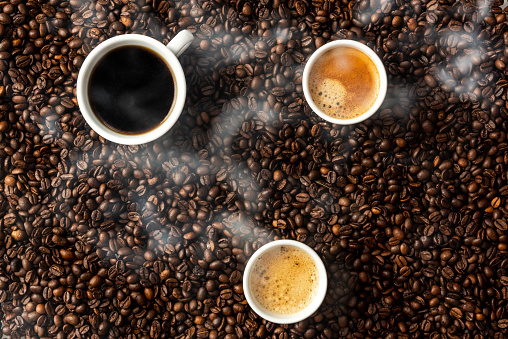
The majority of roasters have unique names for their preferred roasts, and there is very little industry standardization. Although this can be confusing when you're shopping, roasts often fall into one of four color categories: light, medium, medium-dark, or dark.
Many consumers believe that darker roasts' strong, rich flavors suggest that they contain more caffeine, although light roasts actually have a little higher content.
The ideal roast is a matter of personal taste, perhaps influenced by regional or national preferences. You will usually find the following typical roasts within the four color categories below:
Light Roast
This roast, which is light brown in color, is typically recommended for gentler coffee types. These beans won't have any oil on the surface since they weren't roasted long enough for the oils to rise to the top.
Medium Roast
This roast has a non-oily surface, a stronger flavor, and a medium brown color. Because it is typically preferred in the United States, it is also referred to as the "American roast."
Medium Dark Roast
This roast offers a rich, black color, considerable oil on the surface, and a slight bittersweet aftertaste.
Dark Roasts
This roast results in shiny, oily black beans with a strong bitter flavor. The coffee beverage will have less acidity the darker the roast. Check your beans before you buy them because the terms "dark roast" and "charred" are frequently used interchangeably when referring to coffee.
4 Types of Coffee Beans
Meanwhile, as you've chosen your preferred coffee roast, its time to choose which coffee bean you'll be using.
There are four primary varieties of coffee beans that fall within the Coffea genus.
Arabica and Robusta, which account for over 90% of the world's coffee production, are the most widely used and economically significant.
Liberica and Excelsa are the other varieties grown for commercial purposes.
Arabica
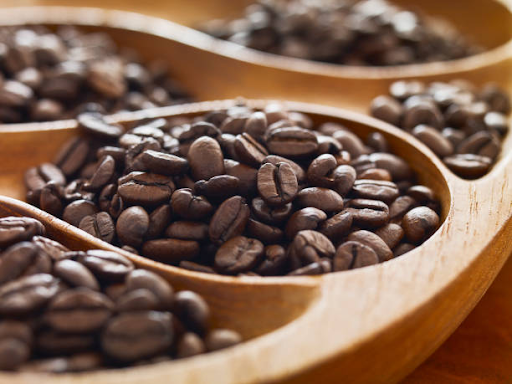
Arabica coffee accounts for 60% of all commercial coffee production, making it the most common type of coffee harvested. It's native to Ethiopia, where it's a wild plant. However, it was first grown in Yemen, where it gets its name.
Arabica has a sweeter and more nuanced aromas than Robusta, they predominate in the market for specialty coffee. These beans have a medium body, bright acidity, and a complex flavor profile and work well for pour-over brewing, which brings out more of their intricacies.
Due to their sensitivity to temperature and climate, Arabica beans have the drawback of being more challenging to grow, making them more costly.
All coffee beans are grown in the 50 countries that make up the so-called Bean Belt, which lies between the Tropics of Cancer and Capricorn. But for Arabica beans to grow appropriately, additional shade, water, and high altitude are necessary to achieve the best roast.
Arabica plants must be planted at a minimum elevation of 2,000 feet since they are more prone to produce diseases. Additionally, they are smaller plants, growing to a height of between 8 and 15 feet.
Robusta

Robusta is the second most popular variety of coffee beans. You can grow robusta in a broader range of environments. As a result, it is less prone to illness.
Despite these benefits, it is still less common than Arabica because of its unappealing flavors and aromas.
Robusta beans are given a more bottomless roast to better match their natural character because they have a darker, earthier flavor. Additionally, Robusta beans contain twice as much caffeine as Arabica beans.
While Arabica beans are typically higher quality than Robusta beans, a growing numbers of producers and processors are attempting to create superior Robusta beans and Robusta-Arabica hybrids.
Espresso is the ideal way to process Robusta beans. Most espresso mixes in Southern Italy include at least some Robusta beans. Their naturally dark and earthy taste is the perfect foil for sweet, steamed milk in beverages like lattes and cappuccinos, where the subtleties of an Arabica bean would be lost. They also produce a deeper crema.
Liberica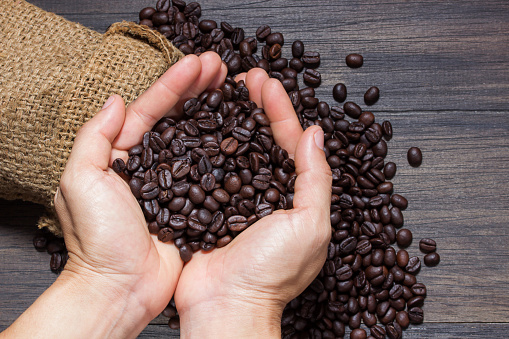
Only 2% of the world's current coffee harvest is made up of Liberica beans. When a disease decimated a large portion of the world's Arabica supply, this variety was formerly significantly more critical.
Since then, Liberica production has primarily stopped. However, this may change because it is difficult to produce the more delicate Arabica plants due to climate change.
Liberica coffee has a distinctive flavor that combines floral and fruity undertones with an intense smokiness that is compared to a woody taste. It has a whole body that is comparable to Robusta coffee.
The coffee beans from Liberica trees are larger and more asymmetrical in shape than those from Robusta or Arabica plants, which grow to much shorter heights. In contrast to Arabica, they may grow in less fertile soil and thrive in light shade.
Despite having its roots in West Africa, the Coffea Liberica plant is mainly farmed in Malaysia and the Philippines.
Excelsa

Excelsa has been categorized as a variety of Liberica coffee since it grows a similarly tall tree and does well in the same environments. However, its fruitier flavor than Liberica and acidic acidity make it a favorite for enhancing the complexity of coffee blends.
Only 7% of the present coffee market comprises Excelsa coffee. This seems likely to expand, given its alluring flavor profile and the fact that it is almost as challenging and productive as Robusta.
Similar to Robusta, Excelsa coffee has a reputation for being of low quality, but this is more of a reflection of subpar cultivation and processing methods than the bean itself. Excelsa has the potential to become specialty-grade coffee with the proper care.
Tips on How to Choose the Right Coffee Bean
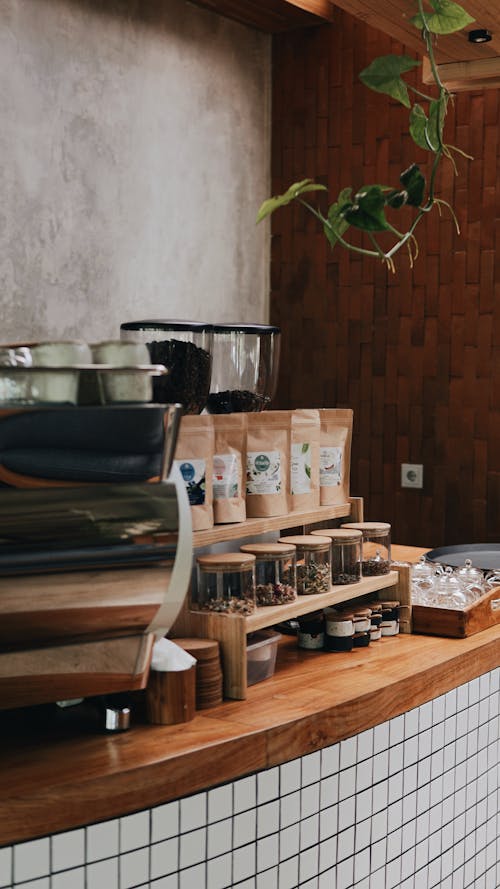
For frequent coffee drinkers, selecting the right coffee beans might take a lot of work especially with roasting coffee beans.
There are many brands on the market today, and there are also a lot of aspects to consider, may it be your home coffee roaster or even your roasting process.
As a result, it can be helpful to acquire some guidance on where to start when purchasing coffee beans can be beneficial. The following tips will help you in choosing the right coffee bean for your perfect fresh coffee:
- Discover Your Preferences
Knowing your coffee tastes is the first thing you should do. Always remember that the quality of the finished product ultimately depends on how it is cultivated, roasted, and handled before it is sold.
There are multiple roast levels you can even choose from: medium roasts, full city roast, dark roasts, or even lighter roasts. You may like your coffee to have a more robust, bitter flavor. If so, Robusta might be right for you.
Moreover, whatever you're looking for in a coffee bean, remember what your preferences are with your own coffee. Once you do, you may proceed with the following tip we have for you.
- Identify Your Preferred Coffee Bean Flavor
Most coffee lovers seek a consistently excellent cup to start their mornings. But to find the exact flavor you want, the best approach is to sample a few different brews and identify your desired qualities.
Dark roasted beans should be your first pick if you prefer a robust, bitter flavor with slight acidity. The more excellent roasting time gives these beans a sharper, more bitter taste than light roasting would.
Look for a shiny, more oily-appearing bean when choosing these beans to have the best tasting coffee that'll fit your taste buds.
- Purchase Beans from a Reliable Source
You might have been purchasing beans from a barrel at your local grocery. Unfortunately, these beans undoubtedly have exposure to UV and air, especially with the absence of airtight containers, which is why they have a deteriorated flavor. This issue can be avoided by purchasing sealed bags. However, low-quality coffee manufacturers frequently need to specify a roast date or source location.
You may avoid buying a lackluster batch of beans by selecting vacuum-sealed bags from a reputable roaster, it must mention the different needed information. If so, that is an excellent indication that the business wants you to learn more about its beans and you will probably get a drink of good quality and be perfect for home roasting.
- Determine the Amount of Caffeine You’re Looking For
This is an essential concern because the caffeine in how much coffee you drink might change significantly between various beans.
Many people think dark roasted coffee has more caffeine, possibly because it has a more robust flavor. In actuality, though, the opposite is accurate, and beans that have been gently roasted contain the most excellent caffeine.
So, if your only concern is getting the most caffeine in your cup, a Robusta light roast should be in your near future.
- Always Choose Freshly Picked Beans
Fresh raw beans or freshly roasted beans are necessary for the finest flavor. Therefore always verify the roast date before buying a bag. Buy coffee in small quantities because it should be consumed within two weeks. Only invest in items you will use right away.
Consider grinding is a wise idea when we're talking about fresh. Purchase whole beans whenever you can and grind them yourself. No flavor will be lost as a result of using freshly ground beans.
However, if you don't have the time or want to hone your beans, you can ask the café or store to grind them for you when you purchase them.
However, if it is too much work, you may find coffee makers with built-in grinders or you can also buy a home coffee roasting machine. Take this into consideration before making the purchase.
- Steer Clear of Coffee Beans With The 100% Coffee Label
It is usual to find coffee beans marked as 100% Arabica or 100% coffee, with labels written with light roasts, darker roasts, medium dark roast or whatever other roast profile indicated.
Even though the best coffee beans come from this plant, this is generally not the case. You must pay close attention to the word varietal because not all Arabica beans are produced similarly. This will not be present in some packed beans.
Packages with this label are more likely to make a better cup of coffee than those without. Although a particular variety is not guaranteed quality, paying attention to such details shows that good beans are valued.
In Conclusion
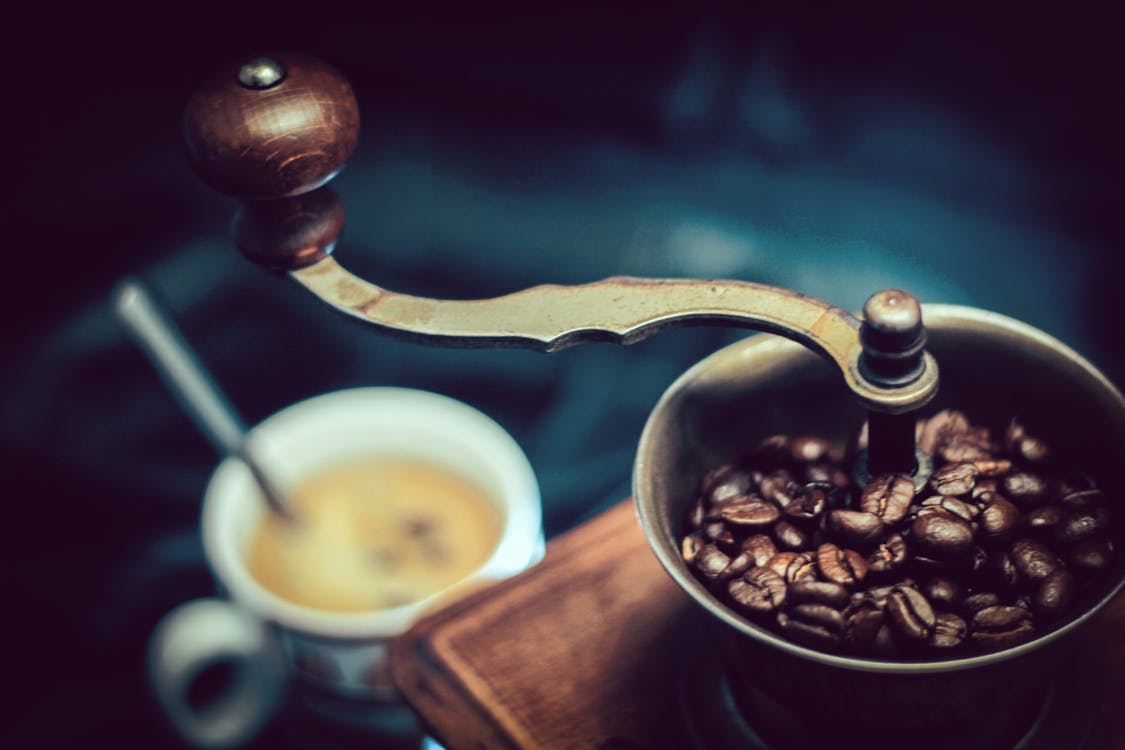
Coffee is much more than simply the brown liquid you drink every morning to get you through the day. Each coffee bean's biology, geology, and geography greatly impacts its taste and aroma.
Meanwhile, a keen eye for detail and a solid understanding of your needs are necessary when choosing the best coffee beans. Most businesses use labels that don't always indicate the caliber of the coffee beans. These labels frequently reveal the roaster's ignorance and are designed to draw customers. This is so because informational packaging is more important than packaging that arouses emotions.
Using the information and tips we have included in this article, you'll always be able to purchase the finest coffee beans and make the best cup of coffee.
Overall, studying, choosing, and buying coffee beans are a fun and delicious way to travel the globe!





Dejar un comentario